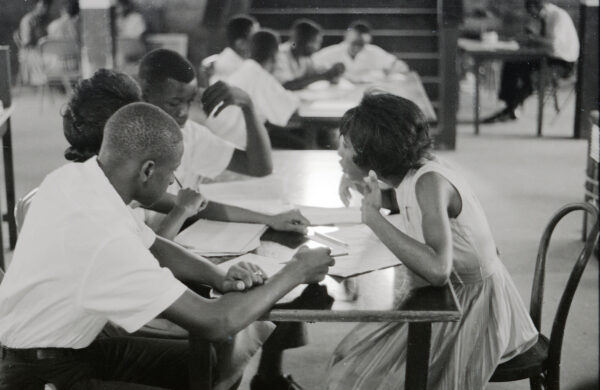
Young, Gifted, and Black: Student Organizing and the Civil Rights Movement
Learn how students were the driving force behind much of the Civil Rights Movement of the 1960s through music, interviews, and more.
During the Civil Rights Movement in the 1950s and 1960s, college students played a crucial role in advocating for racial equality and social justice. Inspired by the teachings of prominent leaders like Dr. Martin Luther King Jr., students across the nation took up the mantle of activism to challenge segregation and fight for civil rights.
One influential figure in student activism was Diane Nash. As a student at Fisk University, she became involved in nonviolent protests and helped organize the Nashville Student Movement. Nash played a pivotal role in the successful desegregation of lunch counters in Nashville through sit-ins and nonviolent direct action.
Another notable student activist was Stokely Carmichael, who later became known as Kwame Ture. He was a student at Howard University and a prominent leader in the Student Nonviolent Coordinating Committee (SNCC). Carmichael advocated for Black Power and became a leading voice in the fight against racial oppression.
John Lewis, another influential student activist, attended American Baptist Theological Seminary in Nashville. He was one of the “Big Six” leaders of the Civil Rights Movement and a key figure in the struggle for voting rights. Lewis participated in numerous nonviolent protests, including the historic March on Washington in 1963.
Marion Barry, also a student activist, attended Le Moyne College and was a member of SNCC. He later became the mayor of Washington, D.C., and continued to champion civil rights causes throughout his career.
SNCC itself was founded in April 1960 at Shaw University, with Ella Baker, a prominent civil rights activist, playing a crucial role in its establishment. SNCC embraced nonviolent tactics and focused on grassroots organizing, registering Black Americans to vote, and empowering local communities.
Fisk University, a historically Black college, also made significant contributions to the Civil Rights Movement. Students at Fisk participated in sit-ins, freedom rides, and other acts of civil disobedience. They were instrumental in organizing Freedom Schools, which provided education and empowerment to Black American children in the South. Fisk students also played a crucial role in Freedom Summer, a campaign in 1964 that aimed to register Black American voters in Mississippi.
The Voting Rights Act of 1965 was the culmination of these efforts. This landmark legislation aimed to dismantle discriminatory voting practices and protect the voting rights of Black Americans. It was a significant victory for the Civil Rights Movement and a testament to the power of student activism and grassroots organizing.
While SNCC initially embraced nonviolent resistance, the changing landscape of the movement led to a shift in its philosophy. The rise of Black Power and the frustrations with slow progress prompted some members to adopt more militant approaches to activism. This shift reflected the evolving perspectives and strategies within the broader Civil Rights Movement.
College students played a vital role in the Civil Rights Movement. Figures like Diane Nash, Stokely Carmichael, John Lewis, and Marion Barry, along with institutions like Fisk University and the founding of SNCC, demonstrated the power of young people in driving social change. Their activism, commitment to nonviolence, and dedication to racial equality continue to inspire future generations to fight for justice and equality.
Featured in

Learn how students were the driving force behind much of the Civil Rights Movement of the 1960s through music, interviews, and more.